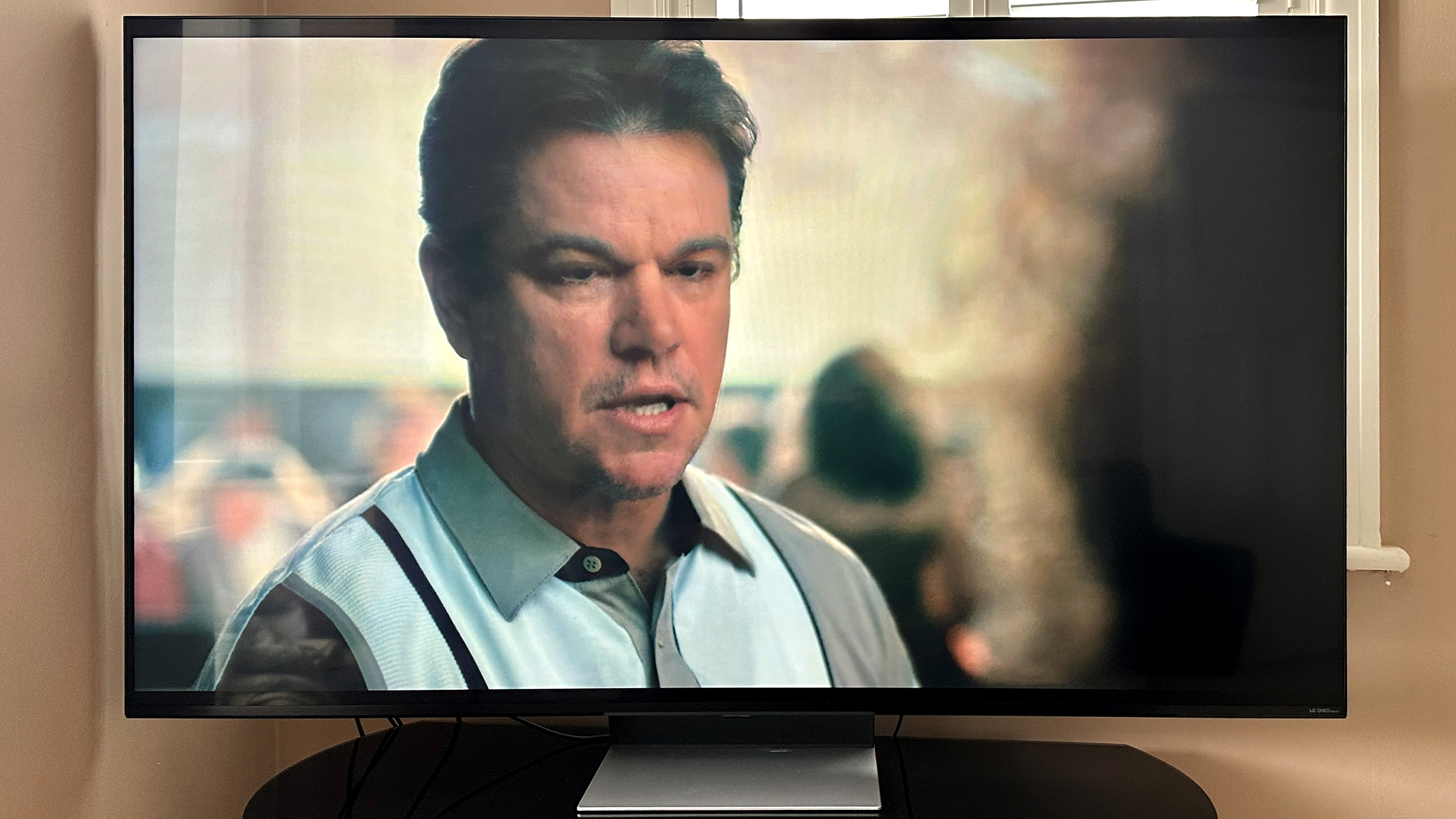
Even small TVs are pretty big now. Take LG’s new QNED91T6A range, for example – it’s the most thoroughly specified of all the company’s backlit LED models for 2024, and it starts with a 65-inch version, as reviewed here.
There are 75-inch and 86-inch versions also available, in case the 65-incher seems a bit tentative. But, of course, it’s not how big your screen is but what it’s like to look at that should really be informing your purchasing decisions. So how does the LG QNED91 fare?
LG QNED91: Price & release date
The LG 65QNED91T6A is on sale now, and in the United Kingdom it’s already moved from £1999 to more like £1699 at the time of writing – despite only having been available for a metaphorical five minutes.
The TV market is very territory-dependent, of course, with variations in specification, model numbers and what-have-you muddying the water. So for American and Australian customers, the safest bet is to say the QNED91 represents the top of LG’s backlit LED ranges for 2024, and will be priced accordingly.
LG QNED91 review: features & what's new?
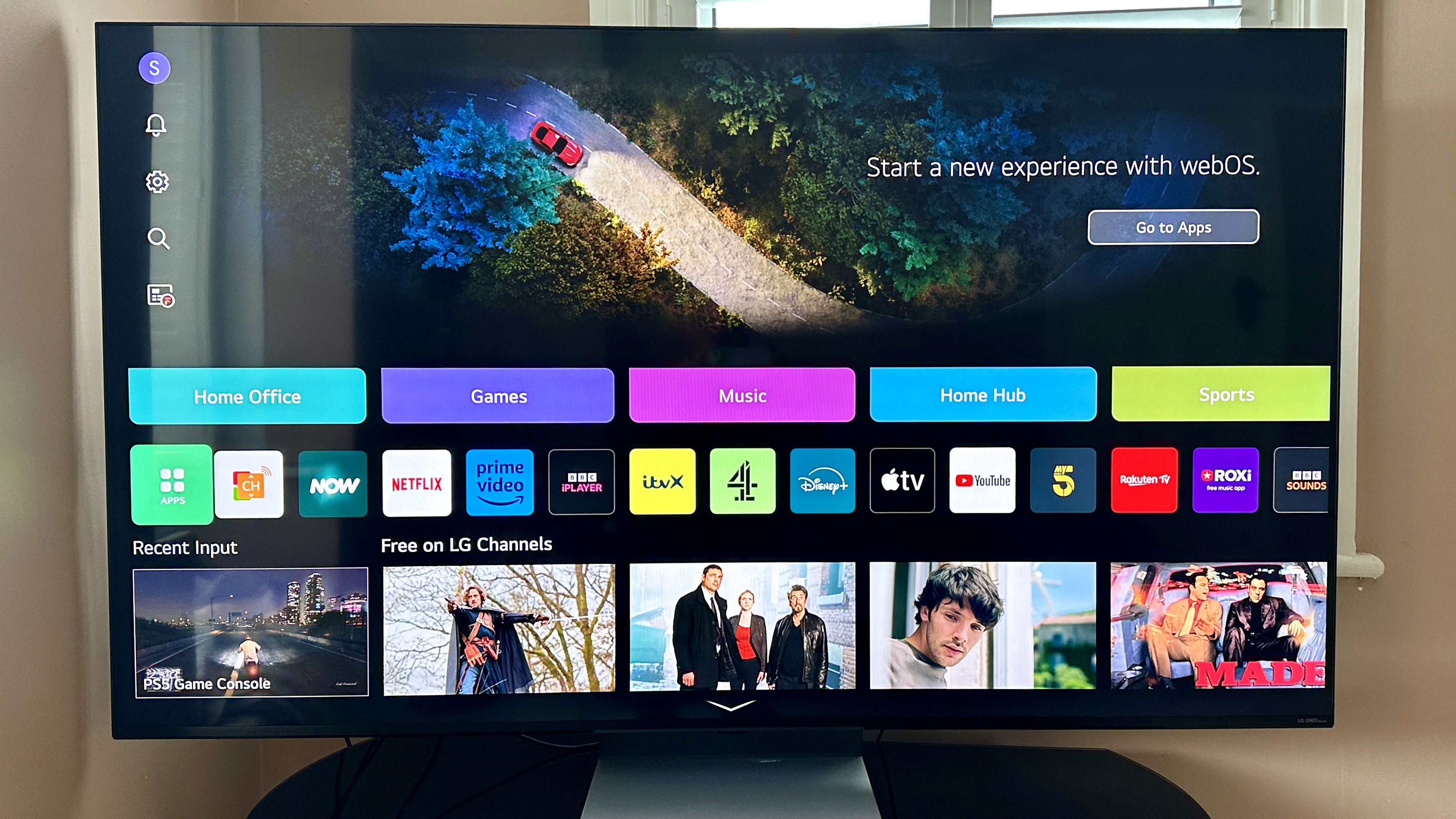
The QNED91 uses a VA LCD panel, backlit using a Mini-LED arrangement – and, just as with every other Mini-LED TV, the idea here is to produce bright images with backlighting that’s as accurate and responsive as possible. And naturally it’s a 4K panel, with a 120Hz native refresh rate and compatibility with HLG, HDR10 and Dolby Vision HDR standards (but not HDR10+).
Because this is an LG TV, and because LG does the right thing in these circumstances, all four of the QNED91's HDMI sockets are at full 2.1 standard – which means they each support 4K at 120Hz, ALLM, VRR and what-have-you that makes for a fully satisfying gaming experience. And one of them takes care of eARC functionality, of course.
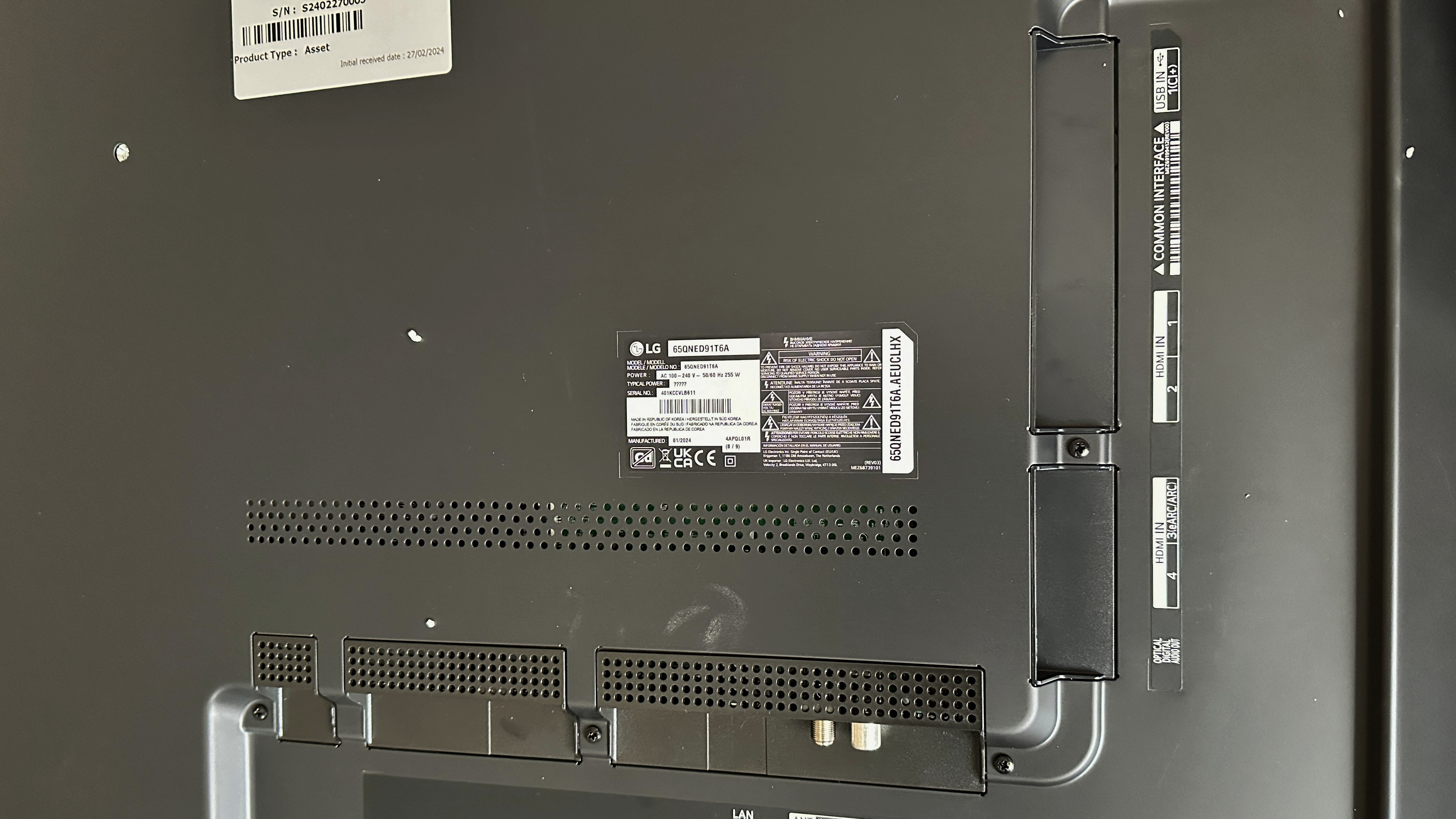
Additionally, the LG has a couple of USB 2.0 slots and an Ethernet socket. There are aerial binding posts for the pair of integrated TV tuners, a CI slot and a digital optical output. Wireless connectivity is taken care of by Bluetooth 5.0 and dual-band Wi-Fi.
LG has paid some attention to its webOS smart TV interface, and the result is webOS24 – it’s a refinement, rather than a reimagining, of what was already one of the better interfaces around. LG is promising five years of webOS upgrades for its 2024 models too – so the webOS24 featured on your QNED91 will be updated every year until you reach webOS28 in 2028.
But the changes here are all positive: the home page now has a triple deck, for instance, which means that as well as displaying recommendations and app titles, there’s now also room for ‘Q-cards’. These service cards allow you to search for services by theme (Game, Music, Home Office, and so on). There’s now an AI chatbot that can help out (sort of, sometimes at least) with set-up issues around picture, sound, connectivity and so forth.
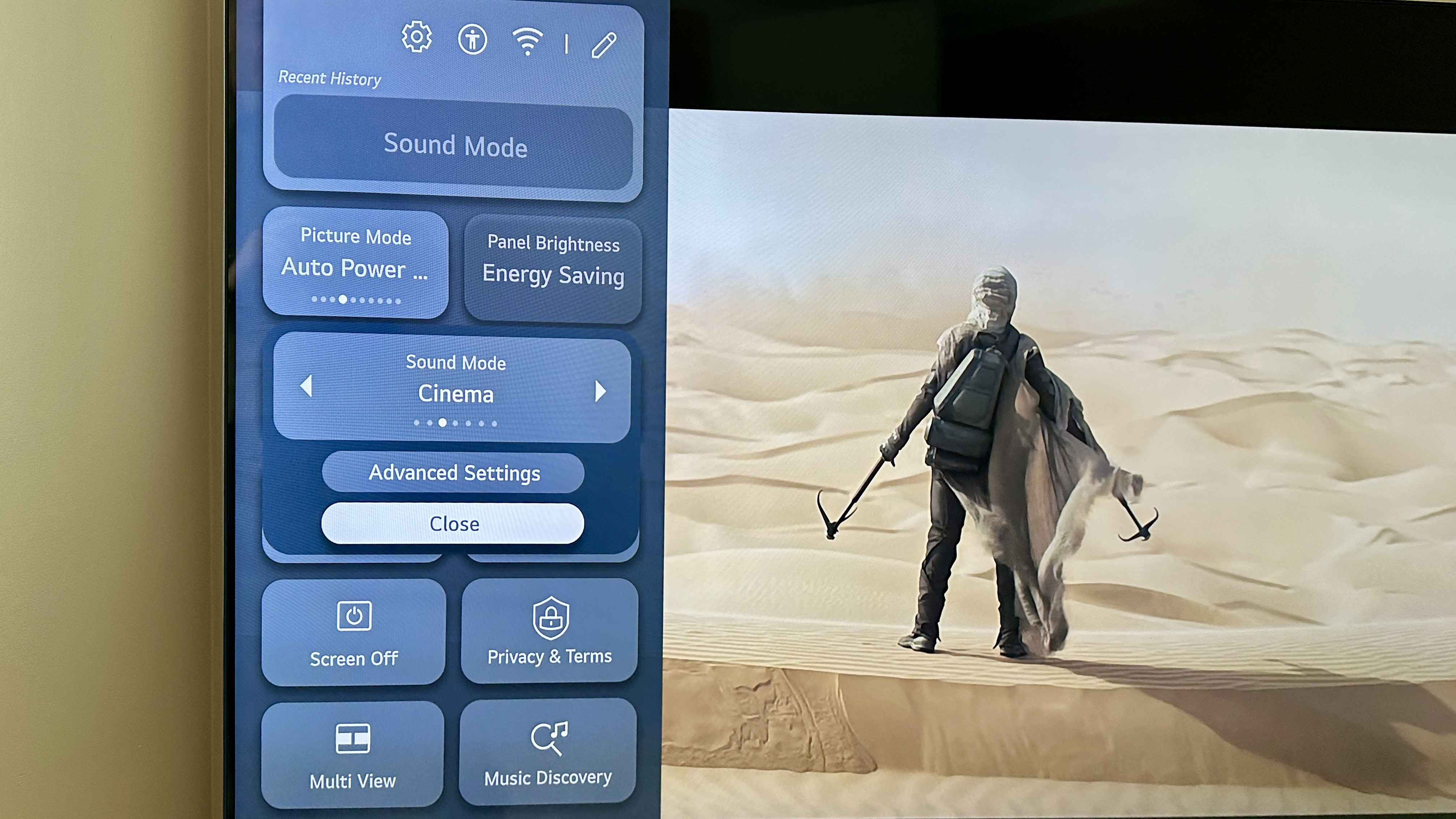
The QNED91 uses 40 watts of power to drive a 2.2-channel audio system that is compatible with Dolby Atmos soundtracks. If you want a hint of actual spatial audio, though, you’ll need to run your shiny new TV in conjunction with one of the best soundbars. And if you buy a suitable LG model, the WOW Orchestra feature allows the screen’s sound system to complement the output of the soundbar rather than being overridden by it.
As has become established LG practice, gamers are well served here. Engaging Game Optimizer Mode wil reduce input lag to >13m/s (even less for 120Hz content) and LG claims precisely zero reduction in image quality in order to achieve this kind of responsiveness. And this mode also allows for different picture modes, with manual adjustment of some settings available, and there’s also been attention paid to both Black Stabilizer and White Stabilizer to allow the details in the darkest and brightest areas of the screen to be more apparent.
The whole show is run by the Alpha 8 AI Processor 4K. Every aspect of picture and sound performance is overseen by this latest version of LG’s processing engine – and if you just want to let it get on with things, it’s perfectly happy to. From automatic brightness control to the assessment of the sonic characteristics of your room, the a8 AI Processor 4K is ready to make your experience as painless and hands-off as you want it to be.
LG QNED91 review: Performance

Of course, performing your own set-up is the only way you can be properly satisfied that your TV is doing exactly what you want – but it’s worth taking a moment to congratulate LG on the automated Picture Wizard set-up routine here. In next-to-no time and with next-to-no effort, you can get very acceptable images indeed out of the QNED91.
The most acceptable of the lot come via 4K UHD Blu-ray player spinning a disc with a big HDR element to it, of course – ideally Dolby Vision. And with this sort of content incoming via one of the LG’s HDMI sockets, there’s a great deal to enjoy where the nuts and bolts of picture-making are concerned.
Detail levels, for instance, are very high in virtually every circumstance. The darkest, most uniform scenes can crush some of the information out of black tones, and the same thing happens (to a lesser extent) when the on-screen action is bright and white – but, broadly speaking, the LG extracts and reveals a lot of fine detail. It’s a very informative watch as a result – tight patterns, variations in textures and skin tones, even in motion, are described confidently.
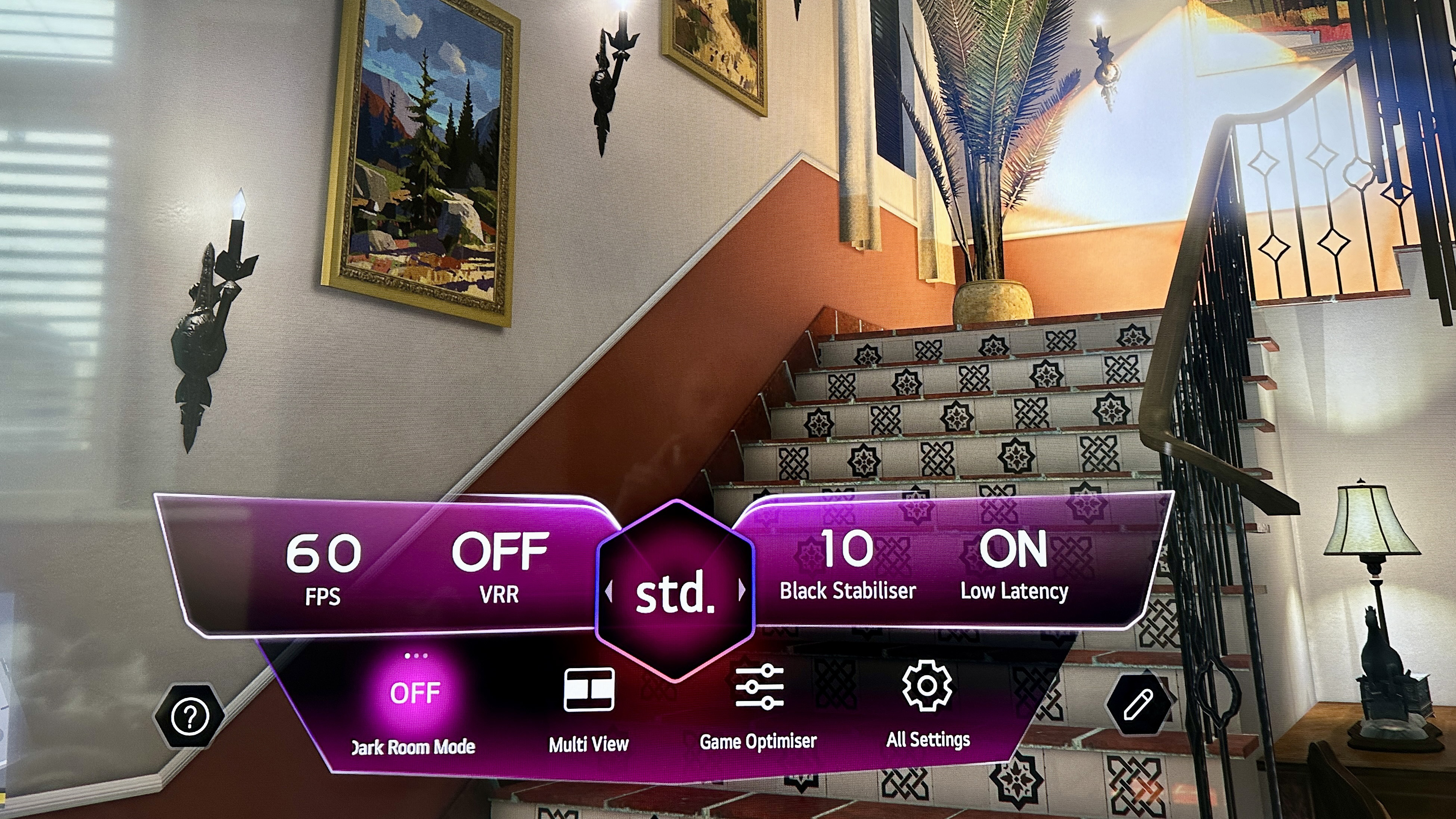
Motion itself is handled with similar positivity. Even different rates of motion, in different directions, in the same scene can’t cause meaningful alarm – the LG just grips on and tracks the movement securely. It’s possible to provoke it, of course – televised sport is always a stern test, and in the toughest instances the QNED91 will let you know how hard it’s having to work. But in the overwhelming majority of cases, the idea that any sort of motion processing is going on may not even occur to you.
Despite not being able to produce truly deep blacks, the screen’s contrasts are high and punchily dynamic when needs be – this is a bright TV, delivering perfectly visible images even in quite brightly lit rooms. The LG controls its backlighting well, keeping blooming and/or haloing to a bare minimum and only betraying itself during those impossible ‘white text on black background’ moments. Its colour palette is wide-ranging and naturalistic, so if the content has overdriven colours then that’s what you get.
Switching down to some lower-resolution content lets the LG show off its upscaling powers – which are considerable. As long as you don’t dip much below 1080p, the QNED91 keeps edges smooth, patterns coherent and depth of field convincing. There’s some drop-off in outright detail levels, of course – especially noticeable where skin tones and complexions are concerned – but in general this is a capable upscaler of sub-4K content.
It’s a similar story where gaming is concerned. Motion is handled sturdily, and detail levels are impressive too. There’s probably not as much information revealed in the darkest corners of a role-playing game as the committed gamer would like, but in general the LG stays on top of the job. And the better mastered a game is, the better it looks. Who’d have thought it?
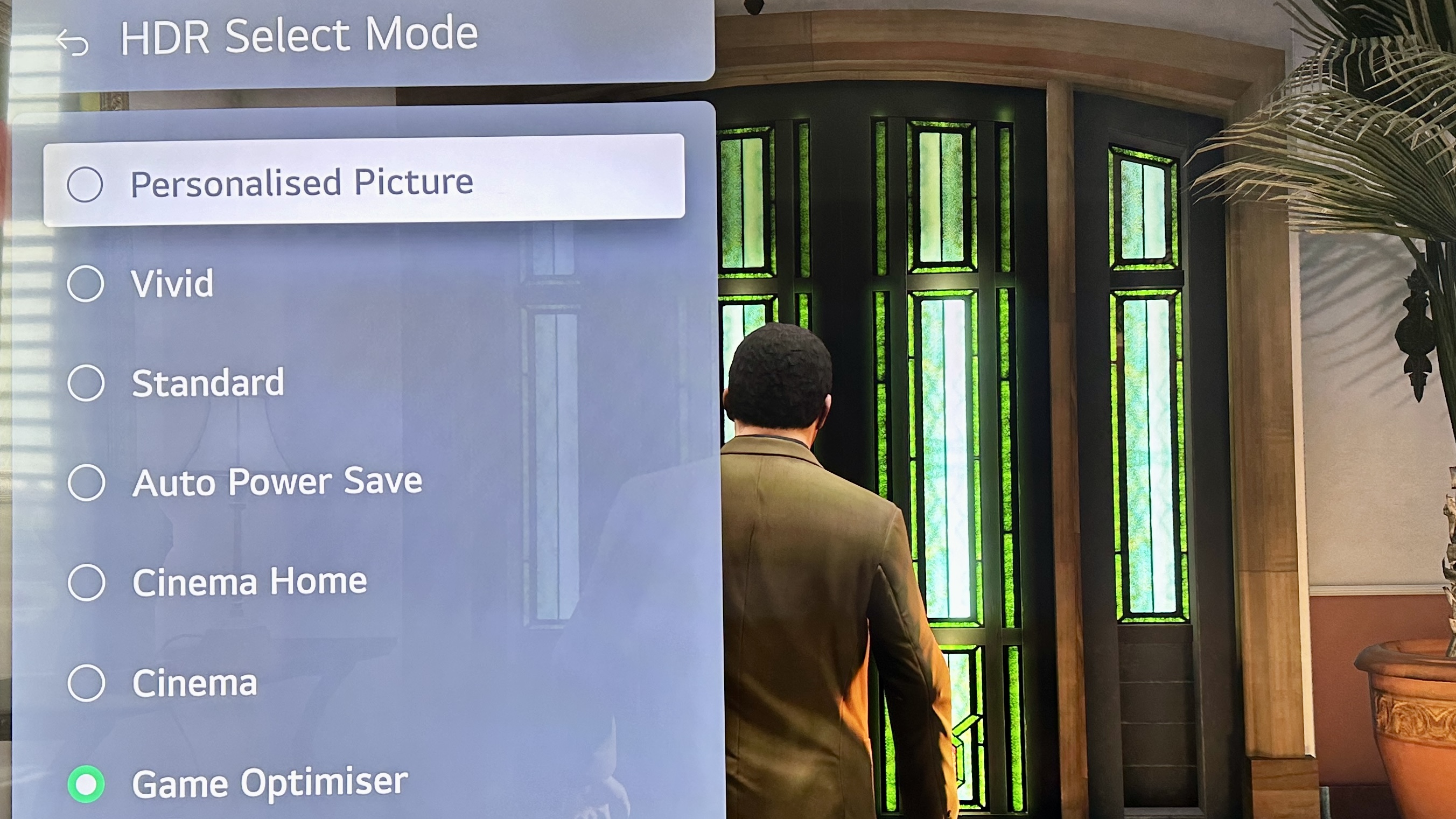
There is an issue or two, though. Despite the fact that the Mini-LED configuration means the LG can serve up punchily bright images, its screen is among the more reflective I’ve seen recently – so no matter if it’s an interior light or sunlight through a window, it’ll bounce back off the screen quite obviously.
Add in the fact that the viewing angles are really not great, meaning that the sweet-spot will be hotly contested if there’s more than a couple of you watching, and the physical nature of the LG’s screen undermines its credentials a little.
Oh, and the sound it makes is really not up to much – in fact, it may well be the least impressive aspect of the entire package. The QNED91 sounds quite thin and toppy, lacks substance and can get quite stressed if you decide you want to hear it loud. Very few mainstream TVs sound all that good, but this LG all but demands you set a few quid aside for one of the best soundbars for LG TVs.
LG QNED91 review: Design & Usability
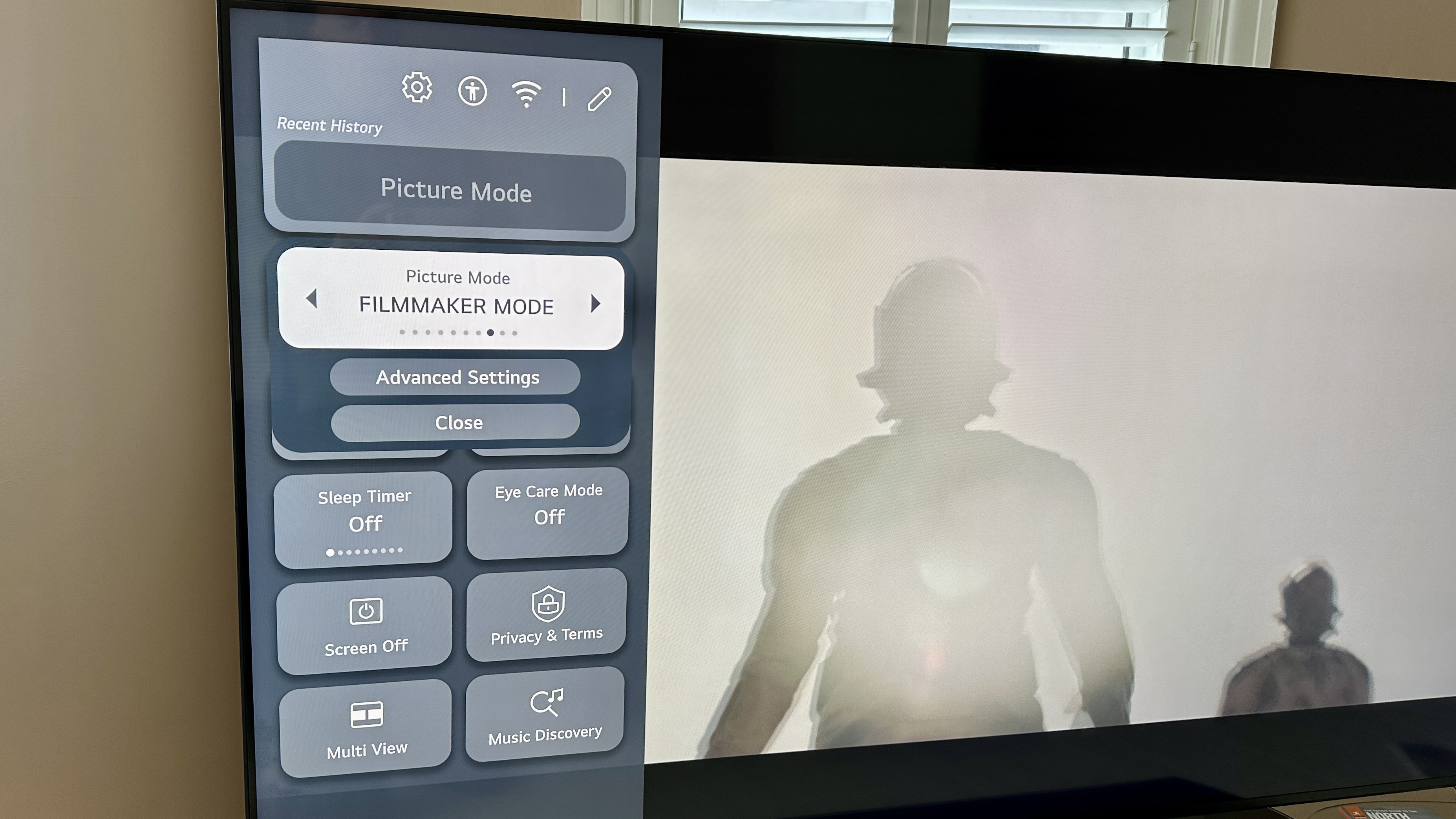
This 65-inch version of the QNED91 may be the smallest of the range, but it’s still a considerable 839 x 1452 x 45mm (HxWxD, without the stand) and a touch over 31kg – so wall-mounting on a partition wall doesn’t seem like a great idea. If you have a wall strong enough to support the QNED’s weight, though, LG will sell you a Synergy bracket to support one of its soundbars.
The stand is a central pedestal, which is good when it comes to finding a surface big enough to stand the television on, and it raises the bottom of the screen to the point that a soundbar will fit happily underneath. And that’s pretty much any soundbar, not just the LG models that are compatible with the WOW Orchestra features.
Otherwise, it’s TV design business as usual – and, LG being LG, that means 'predictably good'. The LG’s depth is consistent, which is useful, and it features minimal bezels around the screen’s edges – the bottom one is slightly larger than the other three, and carries some very discreet branding. It’s almost entirely made from plastic, naturally – the big central stand is mostly of metal, though, which is why it adds almost four kilos to the weight.
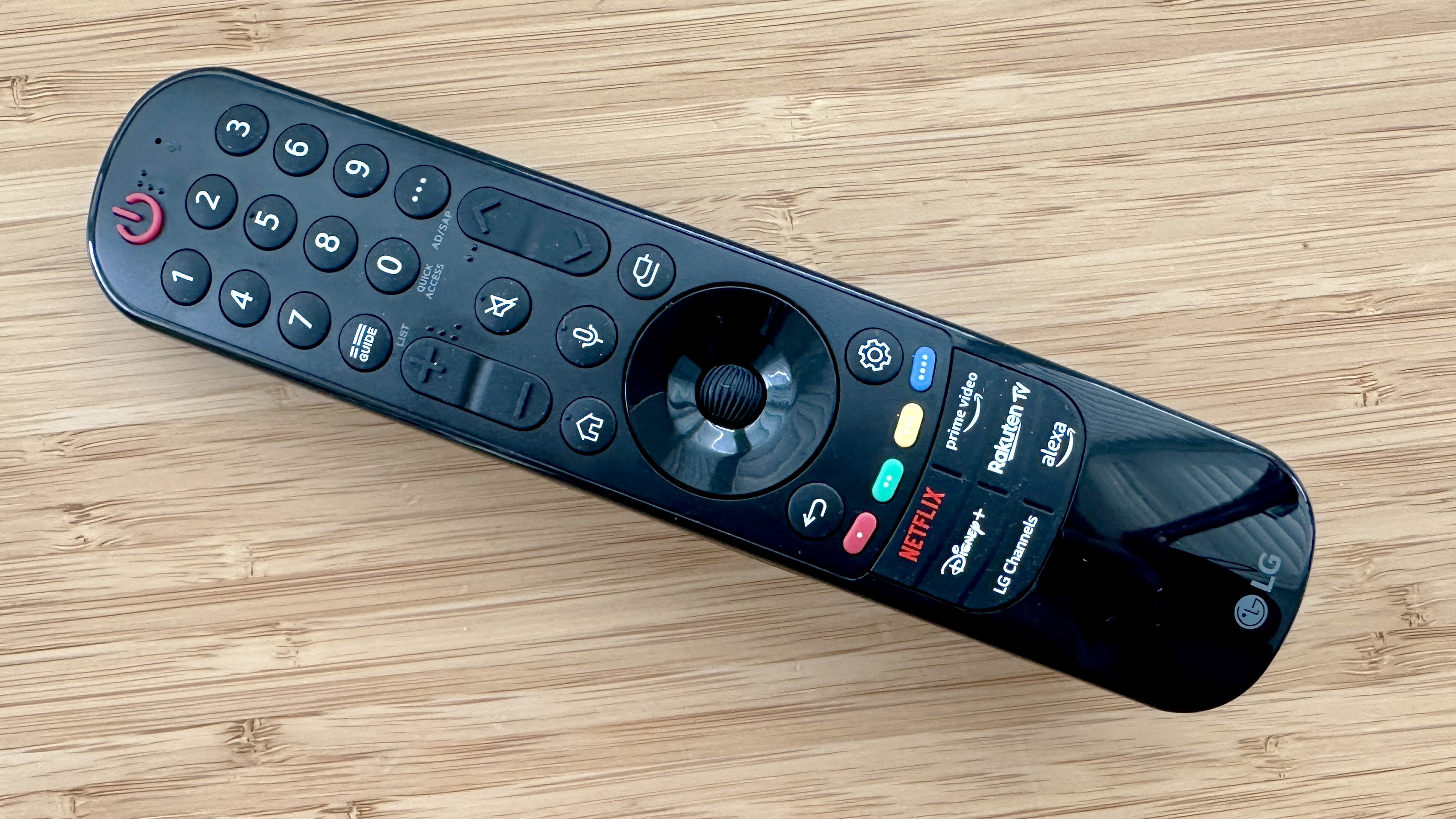
As far as usability goes, you have the usual options. The LG Magic remote still works well – the point-and-click on-screen cursor is quick and reliable. The handset itself is starting to look rather long in the tooth, though, and would benefit from a refresh of the button layout. At least the mic button is easily accessible – the LG has Amazon Alexa voice assistance built-in, and it is usefully responsive too. And there’s the LG ThinQ control app that’s a freebie for Android and iOS users – it’s not the most visually exciting app you ever saw, but it does everything you might realistically expect.
Any of these methods can put you in charge of some very nicely judged on-screen set-up menus. It’s possible to get a very satisfactory picture simply by using the headline controls on the opening page – but those for whom a television is not a television unless it’s had every single one of its set-up options investigated are well catered for too.
LG, like every significant TV brand, gives the end user an awful lot of options. If you enjoy tweaking your TV, the TruMotion section that looks after on-screen movement is particularly worthy of investigation, as are the Fine Tune colour management options. Or you could just bang the screen into Filmmaker Mode and find out what it’s like to have cataracts.
Verdict
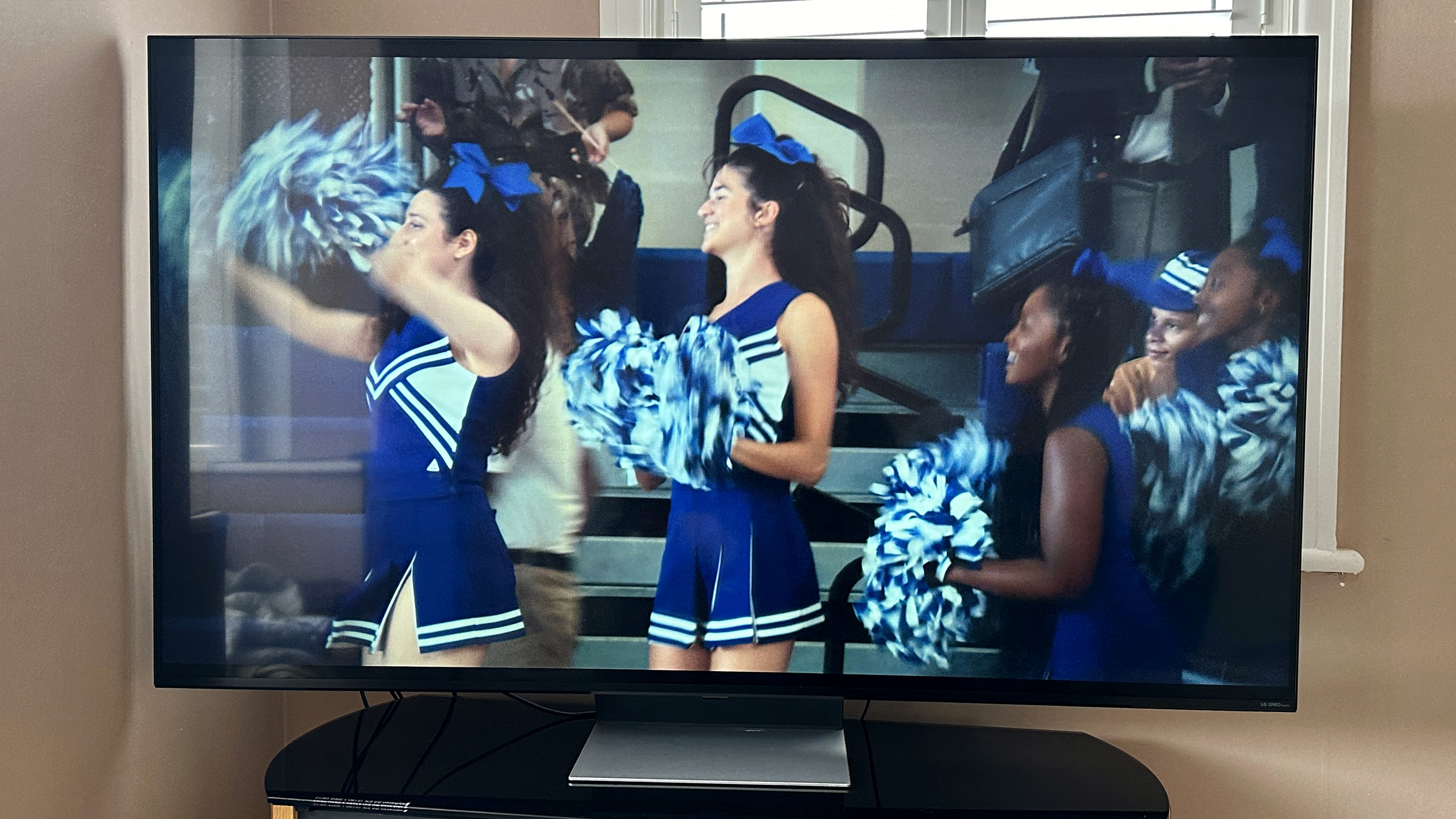
For confident, enjoyable picture quality even in bright rooms, the LG QNED91 is right on the money. It shows that LG can produce more than just the best OLED TVs, thanks to a great user interface and gaming credentials.
But if you’re sitting off-axis it’s less enjoyable, and the reflective nature of its screen doesn’t help either – so it’s less than a complete no-brainer, despite being a big upgrade for LG's Mini-LED series.
Also consider
There are now some very nice deals available on some last-gen models at the moment. And for LG QNED91 money you should have no trouble picking up a Samsung S95C of the same size – and that was our favourite TV of last year. You’ll have to act pretty quickly, though, because the S95D is now the top dog.







